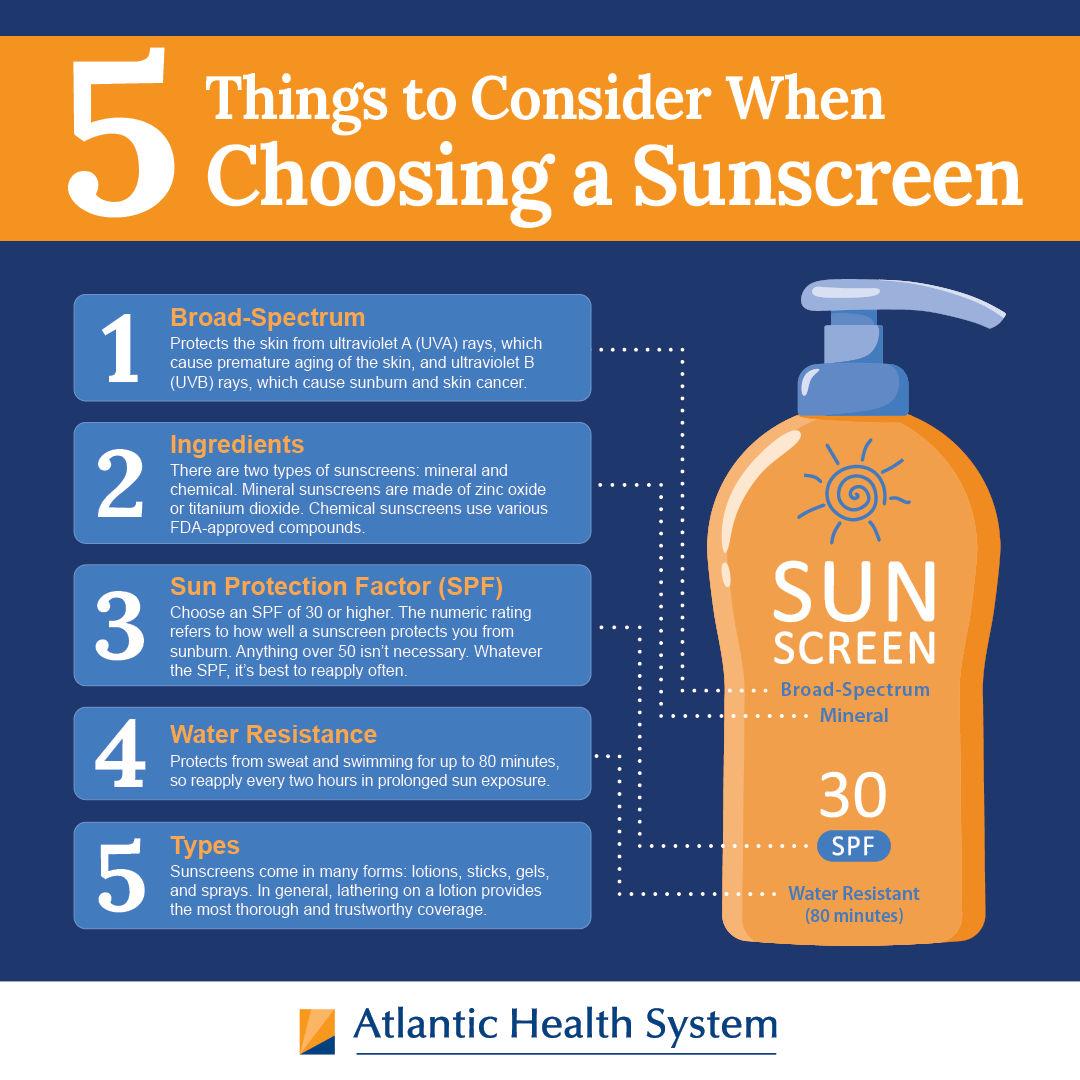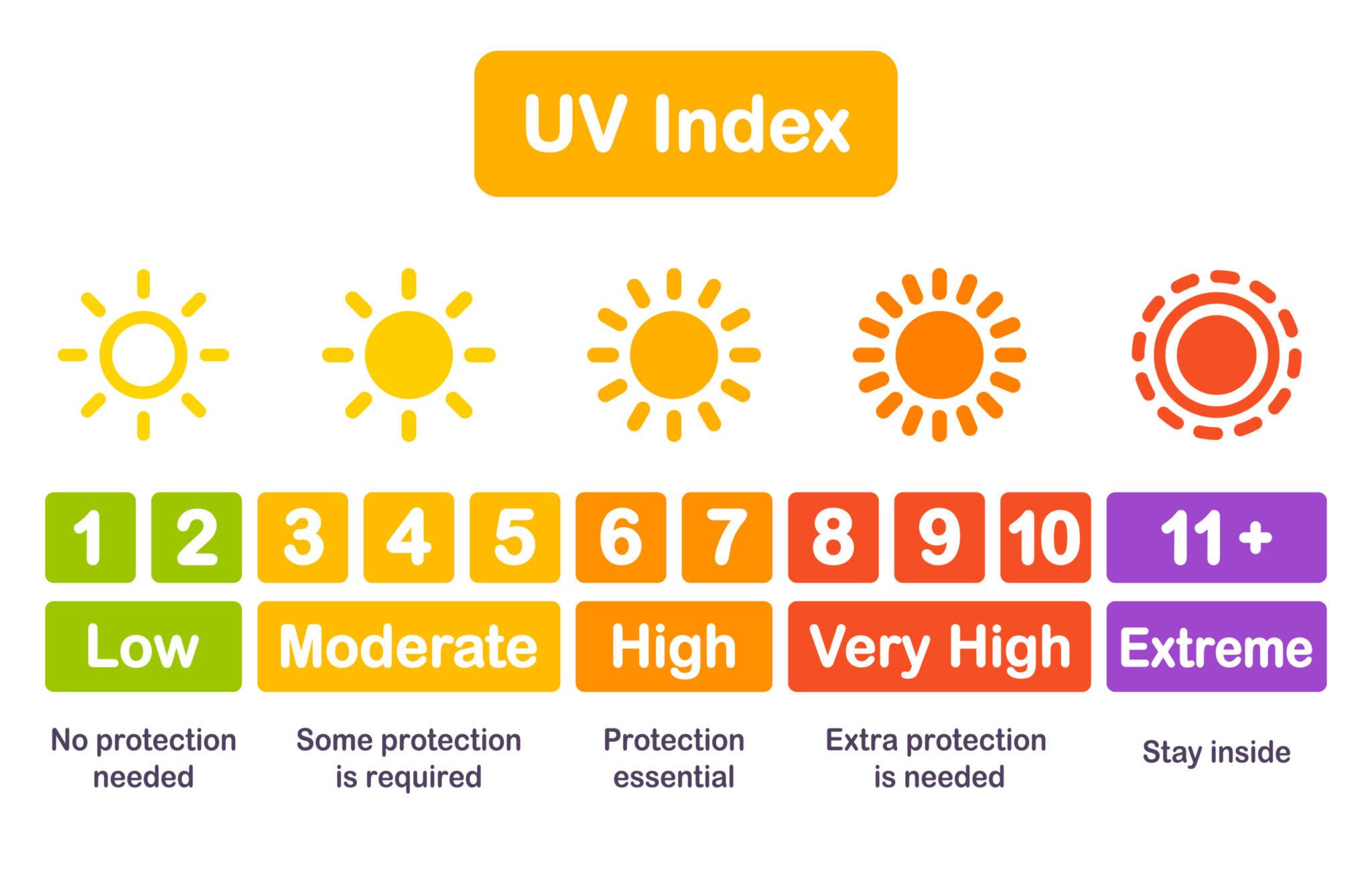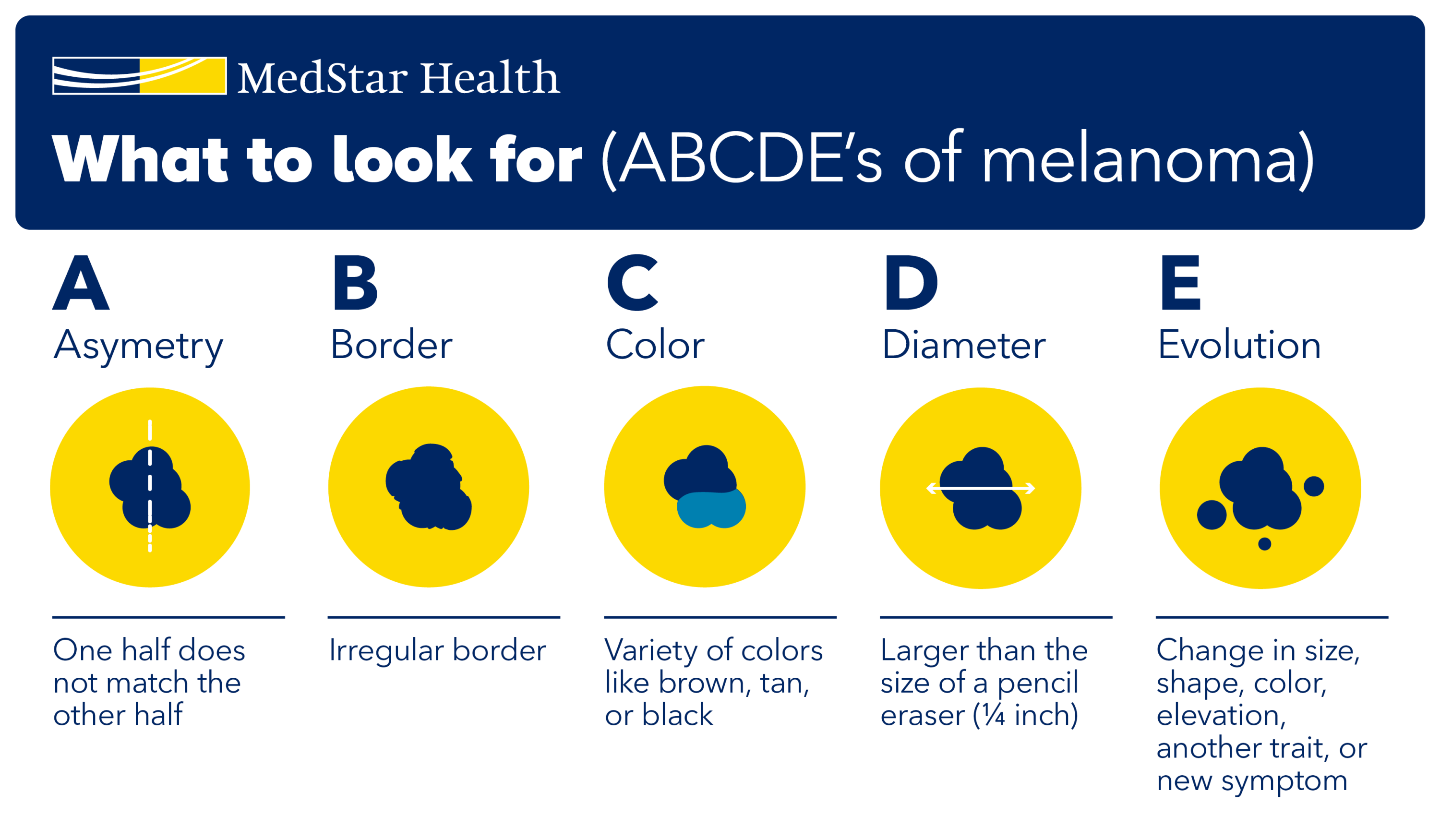UCLA has been recognized as a Skin Smart Campus by The National Council on Skin Cancer Prevention. Ensuring the well-being of our students, we are providing a safe and healthy learning and living environment on and off campus, pledging to keep indoor tanning devices off our campus and our affiliated buildings. We also promote skin cancer prevention policies and education.
About Skin Cancer

Facts About Skin Cancer
Skin cancer is the most common cancer in the United States.
- The two most common skin cancers (basal cell and squamous cell carcinomas) are highly curable but can be disfiguring and costly.
- Melanoma (the third most common skin cancer) may be deadly.
- Ultraviolet (UV) radiation from the sun or from a tanning device can cause dangerous, lasting damage to your skin.
General risk factors include:
- Light skin, or skin that burns, freckles, or reddens easily; but skin of all colors can get skin cancer.
- Large number of moles.
- Personal or family history of skin cancer.
- History of sun exposure–even without a burn; skin damage is cumulative!
- History of sunburns, especially in early life.
- History of indoor tanning: the average tanning bed produces 2 to 10 times more UVA radiation than the sun, and using tanning beds before the age of 35 increases a person's risk for developing melanoma by 75%.

Skin of Color:
(Includes people of African, Asian, Latino, Mediterranean, Middle Eastern, and Native American descent)
- Even if you have a darker skin tone, always tan or rarely burn, you can still get skin cancer.
- Skin cancer is often diagnosed later in people of color, making it harder to treat.
- Melanoma in people of color can occur on the palms of the hands, soles of the feet, under the nail (subungual) and in the nail areas–it’s important to show your provider any changes you notice.
- No matter your skin tone, UV radiation can lead to skin damage, premature aging, and hyperpigmentation. Protecting your skin is important!
Statistics on Skin Cancer
- 1 in 5 Americans will develop skin cancer by the age of 70.
- More than 2 people die of skin cancer in the U.S. every hour.
- Having 5 or more sunburns doubles your risk for melanoma.
- When detected early, the 5-year survival rate for melanoma is 99 percent.
Myths about Skin Cancer

Think you’re safe from skin cancer? It’s the most common cancer in the United States. It’s also one of the most preventable. The primary cause is too much sun or tanning bed exposure.
More than 2 million Americans will be diagnosed with skin cancer this year. Most skin cancers, like basal cell and squamous cell carcinomas, are highly curable. But one form – malignant melanoma – is much more serious.
The good news is you can reduce your risk for skin cancer. It helps to understand your risks and how to protect yourself. Get the truth behind some of these skin cancer myths.
Sun Safety Practices
The majority of skin cancers are caused by exposure to ultraviolet (UV) light and can be prevented with sun safety practices:
Seek Shade
- Find shade under a dense tree canopy, shade sail, or pavilion
- Carry a sun umbrella for personal shade
- Use a pop-up UV shelter when at the beach or park
- Whenever possible, stay out of the sun from 10 AM - 4 PM when UV radiation is the strongest

Wear Sunscreen
- Broad spectrum UVA and UVB, SPF 30 or higher
- Reapplication is necessary every 2 hours and after swimming, sweating, or toweling off
- Most people do not put on enough sunscreen–aim for one ounce, which is about a palmful
Wear Protective Clothing
- Long sleeves/pants with a dense weave or built in UPF
- Wide-brimmed hat
- Closed-toe shoes and socks that cover the ankle

Wear Sunglasses
- Choose sunglasses with a UV protective coating
- Wearing sunglasses helps protect the delicate skin around our eyes
- UV rays can also increase risk of cataracts & macular degeneration–it makes sense to protect your eyes!

Check the UV Index - Know Before You Go!
- The UV index can be found in most weather apps
- Dermatologists recommend sun protection when the UV index is 3 and above
- As levels approach 6 and above, it’s best to limit your time in the sun
Learn More About Melanoma
ABCDEs of Melanoma
Melanoma is the deadliest form of skin cancer.
When detected early, melanoma is highly treatable. Know your skin. Perform a self-exam each month. You can even ask a partner or friend to look at your back and scalp. If you see any of these warning signs, show them to your provider right away.

- Asymmetry: Moles that have an asymmetrical appearance
- Border: A mole that has blurry and/or jagged edges
- Color: A mole that has more than one color
- Diameter: Moles with a diameter larger than a pencil eraser (6 mm or 1/4 inch)
- Evolution: A mole that has gone through changes in size, shape, or color
How to Do a Skin Self-Exam
The American Cancer Society does not have guidelines for the early detection of skin cancer. However, many doctors and other experts recommend that everyone check their own skin regularly. Usually, doing a skin self-exam once a month is recommended. Talk to your doctor about how often you should check your skin.
Regular skin self-exams are especially important for people who are at higher risk of skin cancer, such as people with reduced immunity, people who have had skin cancer before, people who have lots of moles or other skin spots, and people with a strong family history of skin cancer.
On-Campus Resources
Dermatology Specialist Visits
Contact your Ashe Center PCP for a Dermatology Referral
UCSHIP Students:
- For Specialty Care Services, students need to discuss any health concerns with their Ashe Center Primary Care Provider (PCP) by scheduling an in-person or telehealth appointment, or sending a secure message through the Patient Portal if you are currently outside of California. An Ashe Center referral will be generated for medically necessary services not available at The Ashe Center. Ashe Center referrals to outside specialists are valid for one (1) year unless otherwise specified.
Appointments: (310) 825-4073
Student Group Resource
Dermatological at UCLA
- Dermatological is UCLA’s first premier undergraduate Dermatology student organization comprised of students ranging from pre-business economics to pre-health, all united by a passion for skin health and skin hygiene education. Our main goal is to help bridge the skin health literacy gap in the greater Los Angeles area by providing accessible and digestible information and resources.
UV Vision Protection

U See LA Optometry,
Your On-Campus Provider
When you need vision care, we recommend choosing the U See LA Optometry clinic located in Ackerman Union B-Level. They offer comprehensive eye exams, as well as a selection of 700+ eyeglasses, sunglasses, and contact lenses.
Appointments: (310) 267-4772
Our Partners & Informational Videos
National Council on Skin Cancer Prevention

Founded in 1998, the National Council on Skin Cancer Prevention has been a trusted resource for the nation’s skin cancer prevention community. Today our member organizations stand as a united voice to prevent skin cancer through education, advocacy and raising awareness.
There are about 5.4 million new cases of basal and squamous cell skin cancers diagnosed each year in about 3.3 million Americans.

Skin Smart Campus Initiative
The Indoor Tan-Free Skin Smart Campus Initiative is sponsored by the National Council on Skin Cancer Prevention in response to the 2014 U.S. Surgeon General’s Call to Action to Prevent Skin Cancer which concluded that there is a strong association between increased risk of skin cancer and indoor tanning use. Ultraviolet (UV) radiation exposure from indoor tanning is completely avoidable which allows for interventions to help reduce skin-cancer related illness and deaths. Numerous studies have found that skin cancer is the most common type of cancer in the United States, with melanoma as one of the most common cancers diagnosed among young adults. According to The International Agency for Research on Cancer Working Group, the use of indoor tanning facilities before the age of 35 increases the risk for melanoma by 75 percent.

Observing Don't Fry Day
To help reduce rising rates of skin cancer from overexposure to the ultraviolet (UV) rays of the sun, the National Council on Skin Cancer Prevention has designated the Friday before Memorial Day as “Don’t Fry Day” to encourage sun safety awareness and to remind everyone to protect their skin while enjoying the outdoors.
The National Council encourages everyone, including non-profit organizations, local, state, and federal governments, public health professionals, and educators to promote the importance of skin cancer prevention and sun-safety behaviors and to use the free Don’t Fry Day material and resources.
IMPACT Melanoma
Young melanoma survivors recount where they were exposed to UV rays, share their experience with melanoma and ask you to join them in taking the No-Tanning Pledge.
'In The Sun,' a Short Film by Neutrogena Studios
https://www.youtube.com/watch?v=9oRPOmFUpHkWatch the full film of “In the Sun,” a short documentary from Executive Producer Kerry Washington. “In the Sun” is a poignant and inspiring documentary that aims to dispel misconceptions about skin health, inspire viewers to action, and provide much-needed information about sun safety through real stories that span across generation, race and gender, led by the expertise of LA-based dermatologist Dr. Shirley Chi.


